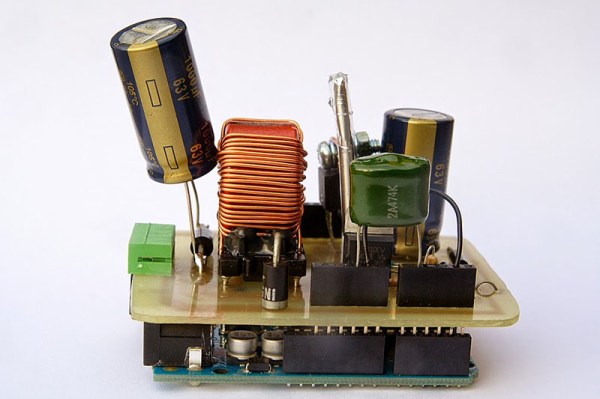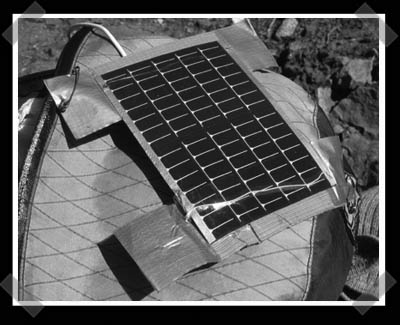[Rusdy] is building a solar charger for his electric bike, and quickly realized the lithium cells in his bike wouldn’t work well with the most common charge controllers out there. Solar cells have an IV curve, of course, and this changes with the amount of sunlight, requiring some conversion circuitry. Most of the charge controllers out there operate in buck mode, but the commercial boost mode converters [Rusdy] needed for his 36V battery are pricey as all get out. What was [Rusdy] to do? Build his own Boost MPPT solar charger, of course.
The circuit used for the charge circuit is fairly similar to a boost converter, with a little bit of logic required to get the maximum power out of the solar cells. [Rusdy] had an Arduino lying around, so that took care of the logic, and by sampling the voltage and current with the analog pins, he can turn a MOSFET on and off to get the most out of his solar cells.
The finished product works perfectly with an efficiency greater than 87%. Charging current and the final trickle charge is adjustable through software, allowing [Rusdy] to get the most out of his solar panels and electric bike. The board itself is just a prototype and could use a layout revision, but we’ve got to hand it to him for cloning a >$300 charge controller with an Arduino and a few scraps in a part drawer.














